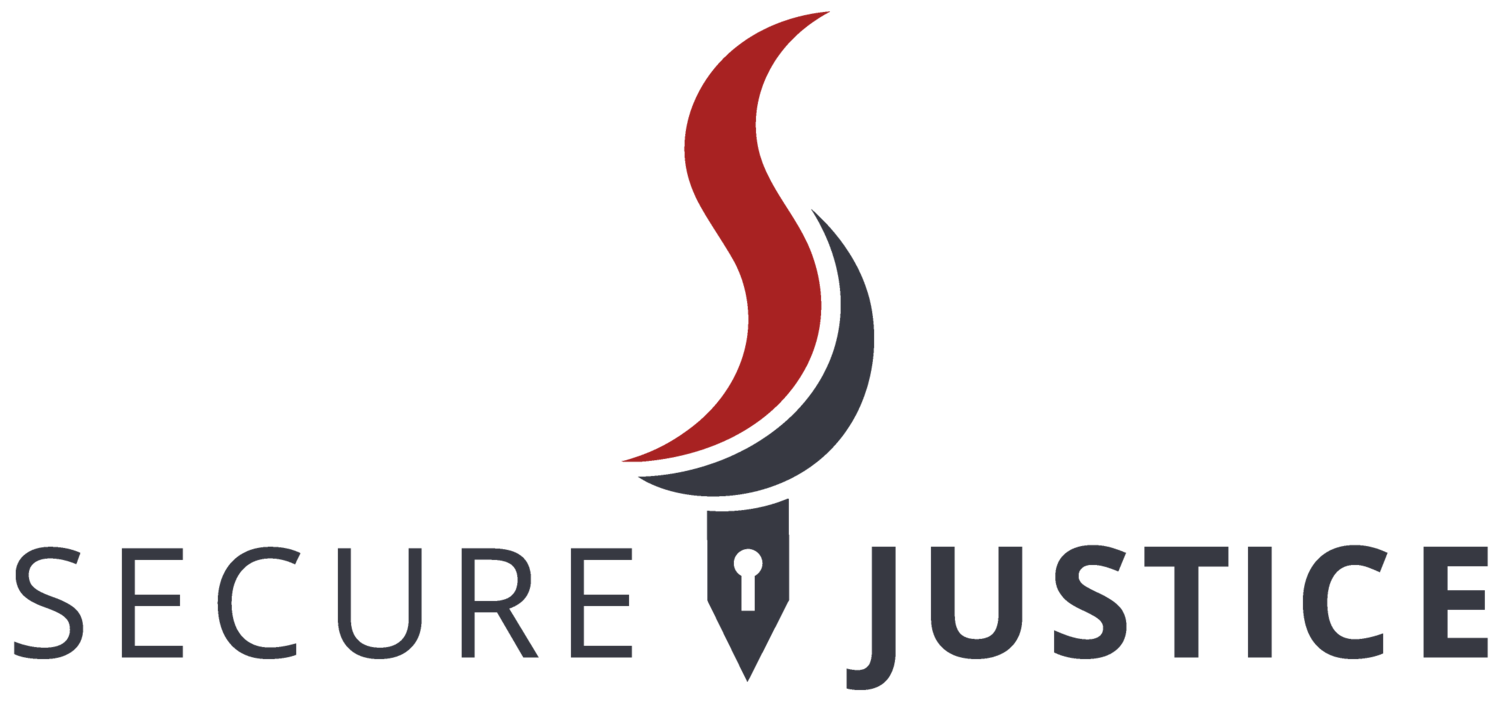Engaging with Industry
by Advisory Board Member Kaliya Young
I’ve spent the last 20 years working on supporting the emergence of standards around digital identity for people. When I started I knew very little about one aspect of the systems of identity and aspired to achieve a goal with others who knew more - we wanted to see what we termed “user-centric digital identity” to become real. This vision was set out in a paper called the Augmented Social Network Building Identity and Trust into the Next Generation Internet published in 2003. A user-centric digital identity is one that the individual is centered and has primary control of their digital representation of self.
This set of ideas was in stark contrast to the prevailing frame at the time in the early 2000’s where the identity systems were very “enterprise centric” and oriented around managing accounts of employees within enterprise systems. As the use of the web expanded into commerce, that same paradigm of control (over employees) was brought over to a relatively new field of managing customers who had digital accounts. One could see this same paradigm of control potentially entering into the citizen-to-government type relationship as well. If material (that is working code in working systems) alternatives were not created, then these would be the default norms going forward.
The good news is that by putting an anchor down in 2005 in the form of the Internet Identity Workshop, a twice yearly workshop where we made clear that this “user-centric” vision for digital identity was what we cared about and invited others who cared about it to to join us - we succeeded in shaping the future and fostering a set of technologies that makes this big idea (user-centric digital identity) become real.
This is a strategy of activism that involves proactive engagement with industry to shape where it goes in the future. The engagement happens through convening fora, showing up in multi-stakeholder dialogues (in my case the National Strategy for Trusted Identities in Cyberspace), getting into the weeds of standards development (within the W3C - World Wide Web Consortium, DIF - Decentralized Identity Foundation, ToIP- Trust Over IP) with government and industry and talking to the people involved. Some criticize this approach but it should not be confused with being an industry “yes man”. It also involves being detail oriented and being clear about what things that industry does that are not good and should be called out, named and resisted.
I’m proud of my work and now 20 years after I began there is an emerging set of open standards for how people and organizations can share and exchange identity information in ways that have fundamentally different systems design qualities than what was in place 20 years ago, and where the puck was going. We shaped the future for the better.
One of the things I noticed that Secure Justice ED Brian Hofer and I have in common is this willingness to proactively engage with industry and government. With emerging technologies, this is a vital strategy necessary to ensure that harmful technologies do not get widespread adoption.
I’m pleased that we will be mutually advising/supporting each other. I am joining Secure Justice as an advisor. Brian will be one of the advisors for the 2022 version of a new workshop I co-founded in 2021 called the Thoughtful Biometrics Workshop that is deploying this industry engagement strategy. You can learn more about the event on our site and express interest in participating too via the link above.
If you would like to financially support the efforts of Secure Justice, please click the button below.

